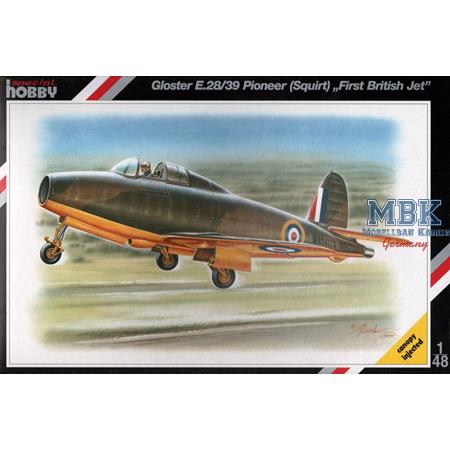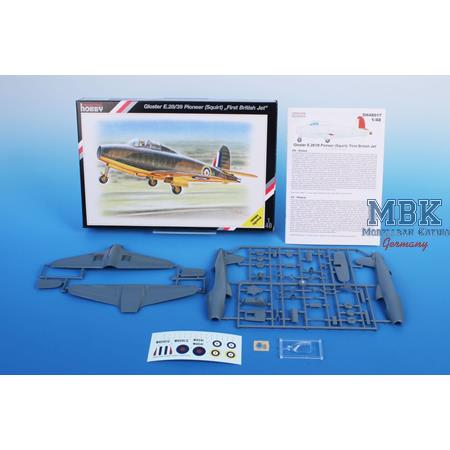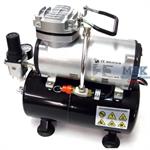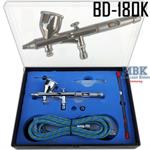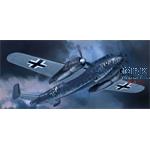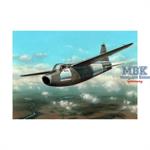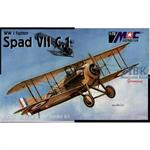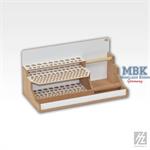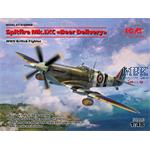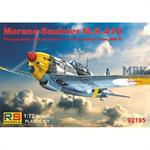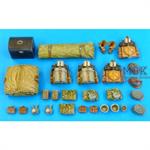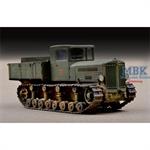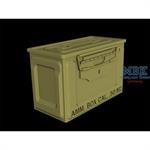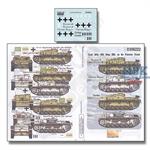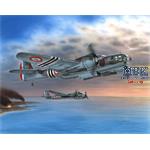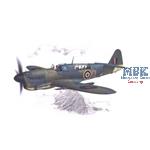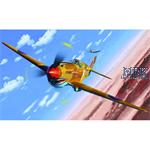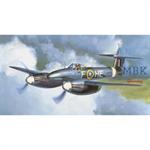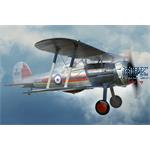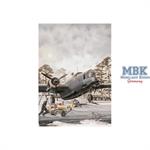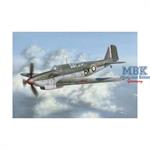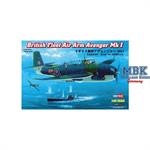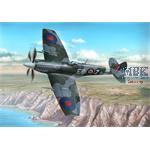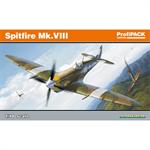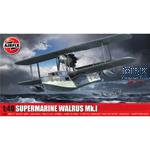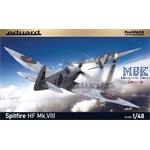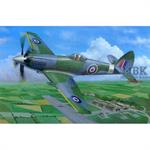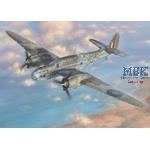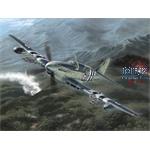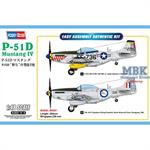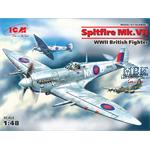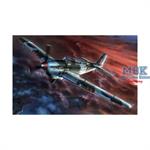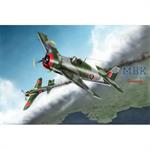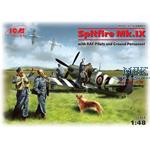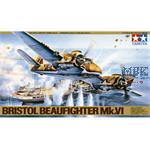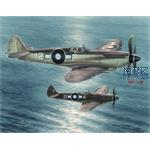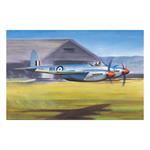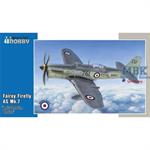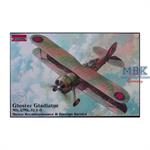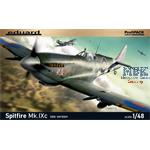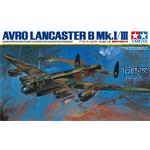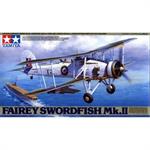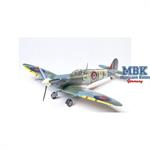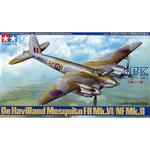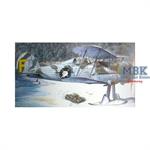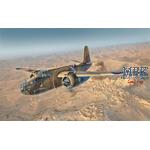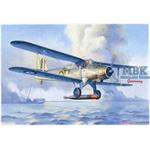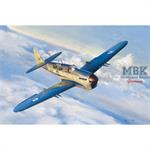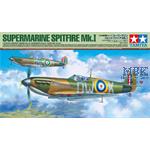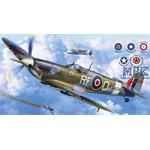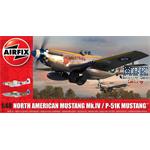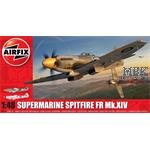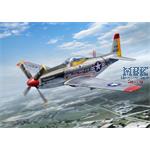Gloster Squirt
SH48017
Special Hobby
1:48
Its development was undoubtedly the result of the work of designer Frank Whittle and his company, Power Jets Ltd., on the first British jet engine.
Development of the Power Jets W.1 engine began in the pre-war years.
The first experimental engine ran in 1937.
In the spring of 1939, Frank Whittle visited the Gloster company and began working with Gloster's chief designer, George Carter.
The Air Ministry also supported this by issuing Specification E.28/39.
It required Gloster to build two experimental aircraft to demonstrate that the jet engine could work in an airframe.
George Carter designed a small, all-metal aircraft with a nose gear.
Only the control surfaces were covered with fabric.
The landing gear could be very short due to the lack of a propeller.
The jet engine intake duct was located in the nose of the aircraft, forking in front of the cockpit and converging behind it.
The aircraft was unarmed, although the original specification called for two to four 7.7 mm machine guns.
Both aircraft built, W4041 and W4046, had neither pressurized cockpit ventilation nor heating, and they also lacked wireless equipment.
Flight testing of the W4041 began on April 7, 1941, with F/Lt. P. E. G. Sayer at the controls, and the aircraft reportedly took off several times during this time.
The official first takeoff took place on May 15, 1941, from Cranwell Air Base.
Testing of the first prototype continued with several interruptions until 1944, as the W.1 and W.1A Power Jets were continually being developed and frequently modified.
In 1944, the W4041 received a more powerful W.2B engine and a modified tail with additional stabilizers.
The aircraft flew until spring 1945 and was then donated to the Science Museum in South Kensington, where it is still on display.
Plastic model kit
- with photo-etched parts
unbuilt / unpainted
Paint and glue not included
Write now your personal experience with this article and help others with their purchase decision.
